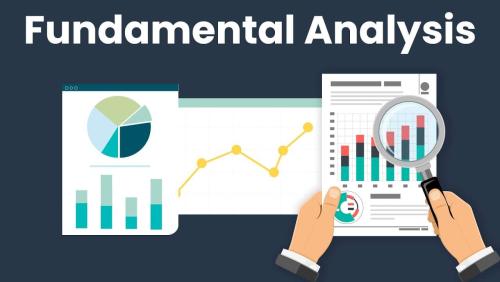Objectives of Fundamental Analysis
Fundamental analysis is a crucial method for evaluating an asset’s intrinsic value. It helps both new and seasoned investors make informed decisions by assessing a company’s financial performance, assets, and growth potential.Finding the Intrinsic Value of a Security
The main goal of fundamental analysis is to determine the intrinsic value of a security, typically a stock. This involves studying factors like revenue, earnings, assets, and debt to assess the true worth of a company. If the stock price is lower than its intrinsic value, it may be a buying opportunity. Conversely, an overvalued stock might suggest avoiding or selling.
Undervalued and Overvalued Securities
Fundamental analysis helps identify whether a stock is undervalued or overvalued. An undervalued stock presents an opportunity to buy before the market corrects, while an overvalued stock may signal that it’s time to sell or avoid the investment.
Assessing the Firm’s Financial Health
Evaluating a company’s financial health is vital. Investors examine financial statements like the balance sheet, income statement, and cash flow statement to gauge profitability and growth potential. Red flags can indicate that a company isn’t as healthy as it may appear.
Industry and Economic Condition Review
Fundamental analysis also takes a macro view, considering the state of the industry and economy. Economic factors like interest rates, inflation, and competition can significantly impact a company’s performance. Investors must also monitor regulatory changes and trends within the industry.
Evaluating Company Management
Strong leadership is key to a company’s success. Investors assess the company’s leadership team based on their track record, strategy, and governance. A history of strong leadership indicates a better chance of long-term success, while leadership issues can be a warning sign.
Future Outlook
Investors use fundamental analysis to predict future growth by evaluating future revenue streams, market expansion, and technological advancements. A company’s potential for innovation and expansion can guide long-term investment decisions.
Risk-to-Reward Comparison
Fundamental analysis helps compare the potential risks and rewards of an investment. For instance, emerging markets may offer high rewards but come with increased risk, while established companies offer stability with lower growth potential.
Long-Term Investment Strategy
Ultimately, fundamental analysis helps investors make long-term decisions. By focusing on a company’s intrinsic value and future potential, it allows investors to build a stable portfolio that aligns with their financial goals and risk tolerance. Unlike technical analysis, which focuses on short-term price movements, fundamental analysis helps investors focus on the bigger picture for sustained investment success. 2025-2-19 12:46 Custom Mobile App Development in Chennai | TechHeaders Top-Quality Self Cling Stickers for Your Business Needs CPVC Strainers – Reduce Costs and Improve System Efficiency Best general Surgeon in Karachi Get Top-Quality Melbourne Assignment Help Today! The Growing Demand for Data Analytics: A Career-Changing Opportunity Realistic Pencil Portrait Mastery Review Check Vip Call Girls in Jaipur Benefits of Hiring your Escort Service in Aerocity Tonight,9899988101 Stuck on a Complex MYOB Assignment? Get Help Here! train station near me Russian Escorts in Goa – Experience Exotic Beauty & Luxury tiktokclone
